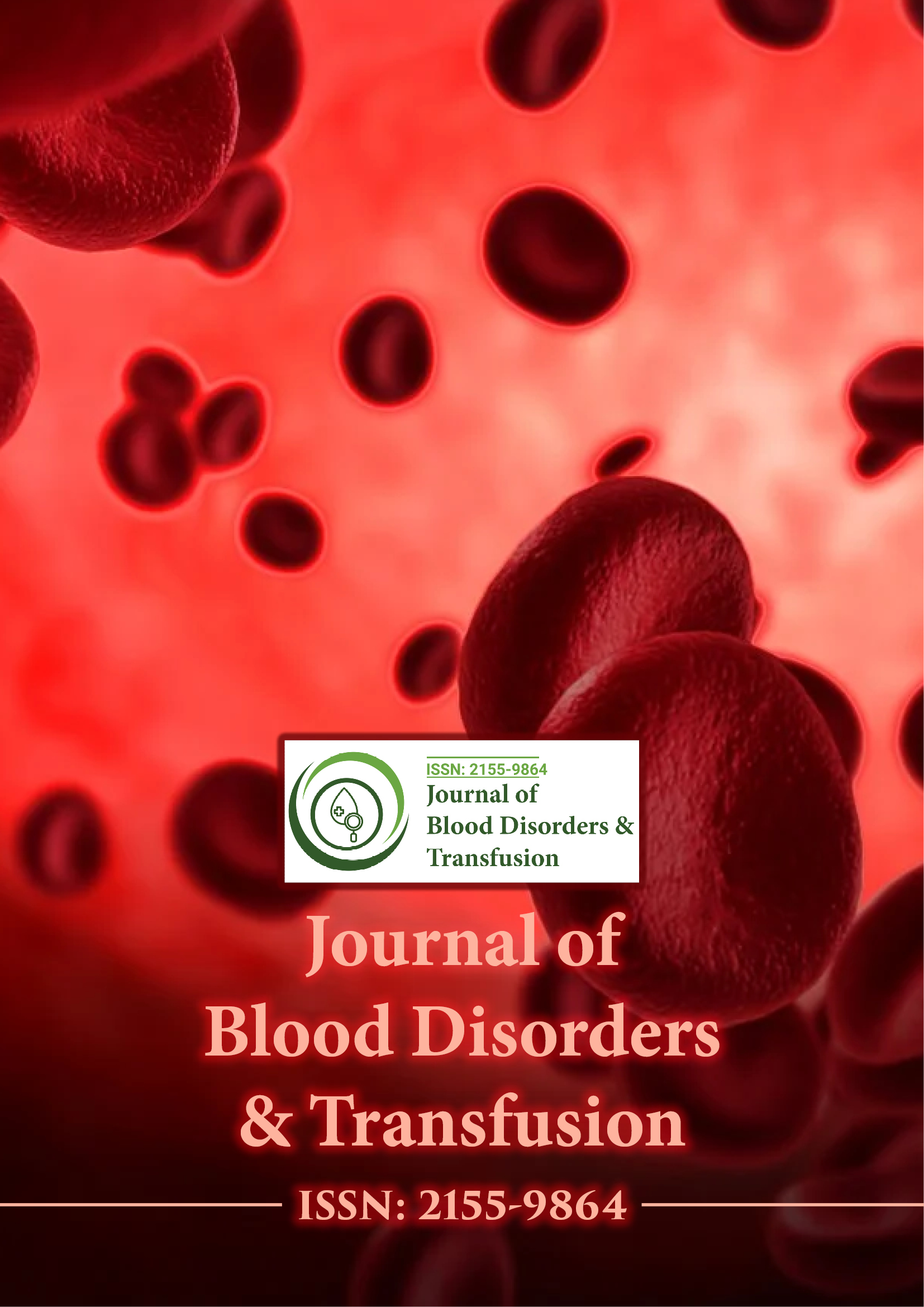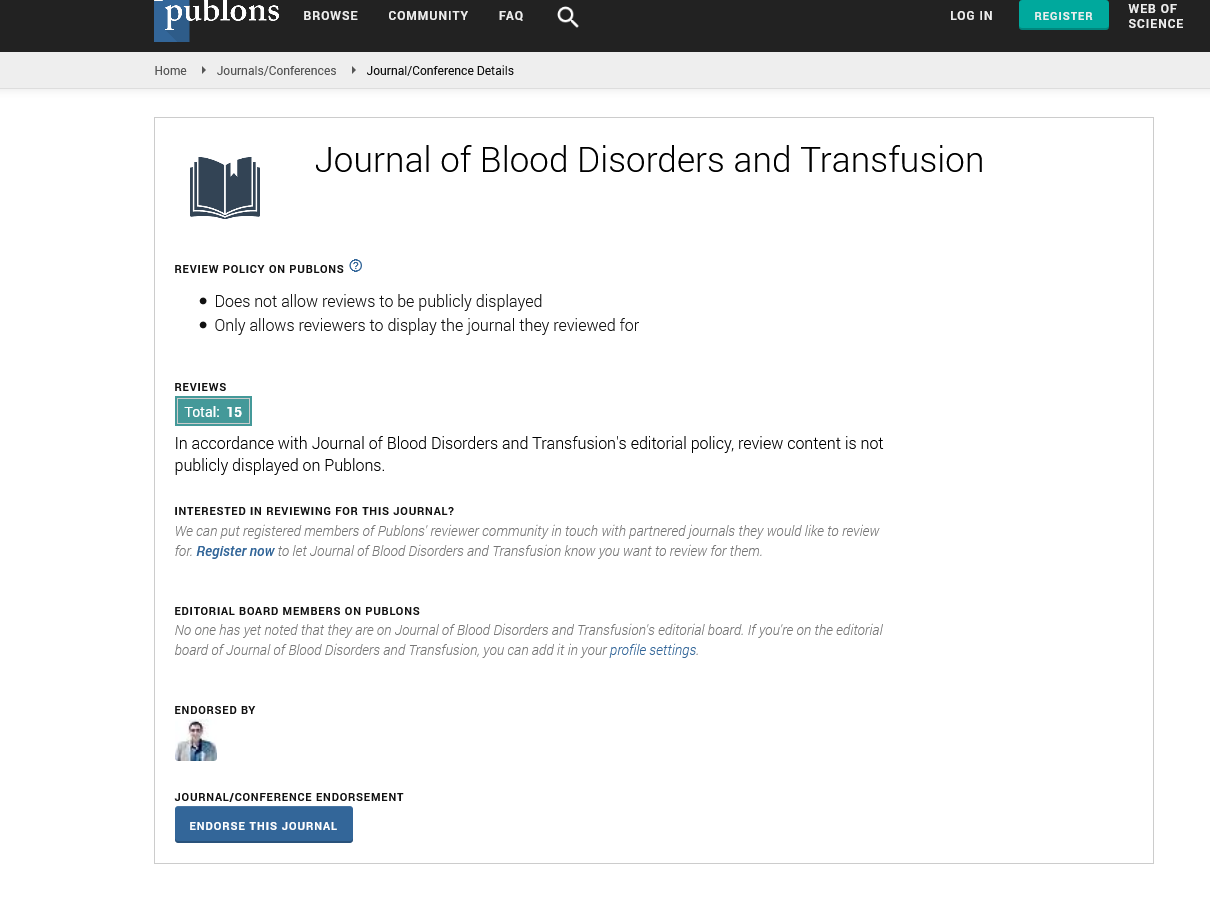Indexed In
- Open J Gate
- Genamics JournalSeek
- JournalTOCs
- Ulrich's Periodicals Directory
- RefSeek
- Hamdard University
- EBSCO A-Z
- OCLC- WorldCat
- Proquest Summons
- Publons
- Geneva Foundation for Medical Education and Research
- Euro Pub
- Google Scholar
Useful Links
Share This Page
Journal Flyer

Open Access Journals
- Agri and Aquaculture
- Biochemistry
- Bioinformatics & Systems Biology
- Business & Management
- Chemistry
- Clinical Sciences
- Engineering
- Food & Nutrition
- General Science
- Genetics & Molecular Biology
- Immunology & Microbiology
- Medical Sciences
- Neuroscience & Psychology
- Nursing & Health Care
- Pharmaceutical Sciences
Opinion Article - (2025) Volume 0, Issue 0
The Impact of Microfluidics on Diagnostic Efficiency and Accuracy
Ena Lauridsen*Received: 28-Jan-2025, Manuscript No. JBDT-25-28810 ; Editor assigned: 31-Jan-2025, Pre QC No. JBDT-25-28810 (PQ); Reviewed: 14-Feb-2025, QC No. JBDT-25-28810 ; Revised: 21-Feb-2025, Manuscript No. JBDT-25-28810 (R) ; Published: 28-Feb-2025, DOI: 10.4172/2155-9864.25.S12.060
Description
Advances in medical technology have enabled significant improvements in the detection and diagnosis of blood diseases. One of the most promising technologies to emerge in recent years is the use of microfluidic platforms. These miniaturized systems integrate various laboratory functions into small, portable platforms that can process samples with precision. Microfluidic platforms have revolutionized blood disease screening by improving accuracy, reducing diagnostic time and enhancing overall patient outcomes.
Microfluidic platforms
Microfluidics is a field of technology that involves the manipulation of fluids at sub-millimeter scales, usually within channels that are narrower than the diameter of a human hair. The platform consists of a series of small channels and chambers on a chip where chemical reactions, biological processes and fluid manipulation occur. Microfluidic devices can process very small amounts of biological samples such as blood, plasma, or serum, making them ideal for high-throughput screening and diagnostic applications.
These platforms allow for the integration of multiple functions, such as fluid handling, sample preparation and analysis, on a single chip. The advantages of microfluidic devices include reduced reagent usage, lower cost, faster analysis times and the ability to operate with minimal sample volumes.
Microfluidics in blood disease screening
In the context of blood diseases, microfluidic platforms have shown great potential for improving diagnostic precision and efficiency. These devices allow for rapid, point-of-care testing of blood samples, providing clinicians with accurate results that can guide immediate treatment decisions.
Early detection of blood cancers: Blood cancers, such as leukemia and lymphoma, often go undetected until they have reached advanced stages. The ability to detect these conditions early can significantly improve patient outcomes. Microfluidic platforms enable the detection of specific biomarkers associated with blood cancers in a highly sensitive and quantitative manner. For example, the detection of Minimal Residual Disease (MRD) in leukemia patients can indicate the presence of remaining cancer cells after treatment, allowing for early intervention and more effective monitoring.
Monitoring hemoglobinopathies: Hemoglobinopathies, such as sickle cell disease and thalassemia, are genetic disorders that affect the hemoglobin protein in red blood cells. These diseases are common in specific regions of the world, including sub-Saharan Africa and Southeast Asia and often require lifelong management. Microfluidic devices are able to provide a quick and reliable method for screening and monitoring these conditions.
Blood cell analysis and enumeration: Microfluidic platforms are also invaluable for the detailed analysis of blood cells. In diseases such as anemia, thrombocytopenia, or leukopenia, precise enumeration and characterization of blood cells is essential for diagnosis and treatment monitoring. Traditional methods of blood cell analysis, such as manual counting or flow cytometry, can be time-consuming and labor intensive.
Infectious disease detection: Infectious diseases that affect the blood, such as malaria, HIV and sepsis, require rapid and accurate detection for effective treatment. Traditional diagnostic techniques often involve complex procedures and can take several hours to days to yield results. Microfluidic platforms, on the other hand, can perform rapid blood analysis by integrating immunoassays, nucleic acid testing, or antigen detection methods.
Citation: Lauridsen E (2025). The Impact of Microfluidics on Diagnostic Efficiency and Accuracy. J Blood Disord Transfus. S12:060.
Copyright: © 2025 Lauridsen E. This is an open-access article distributed under the terms of the Creative Commons Attribution License, which permits unrestricted use, distribution, and reproduction in any medium, provided the original author and source are credited.

